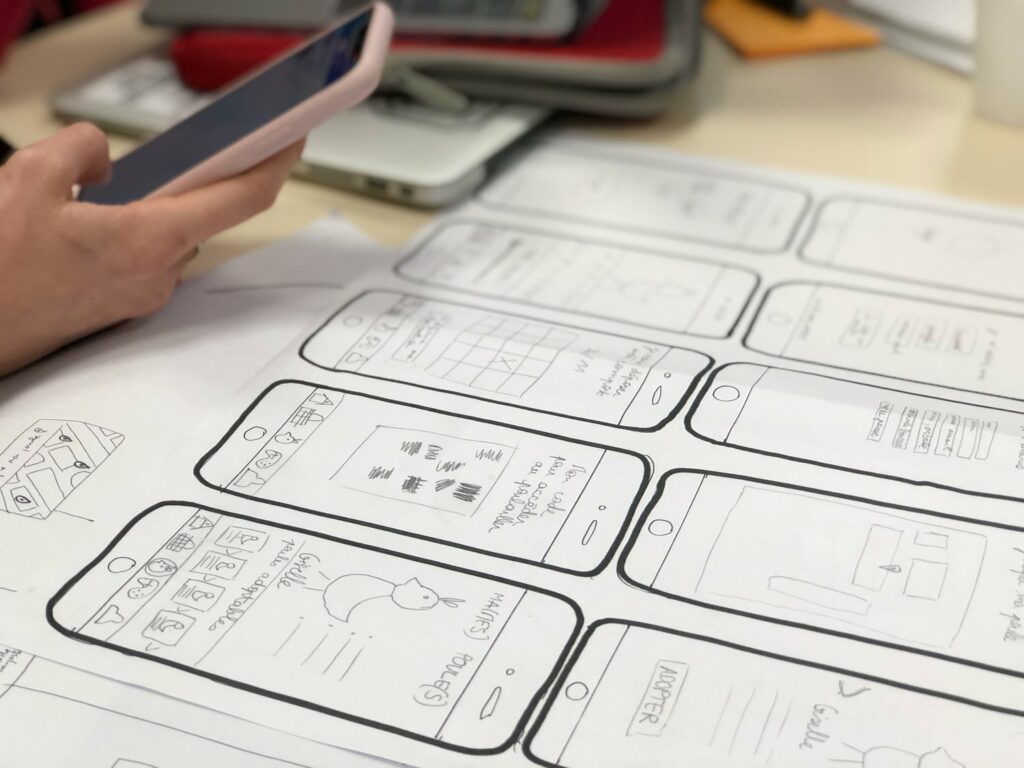When it comes to describing and explaining our own behaviour or recalling things that we have done, people might find themselves hard-pressed to provide explanations. The motivations that drive behaviours are often inexplicable as well. These are the blind spots of the human condition and exactly where ethnography comes in – it serves to shed light on these blind spots to better understand people’s needs.
In the practice, people are observed in their natural environments to obtain a contextual understanding of their needs, therefore requiring the researcher to fully immerse in the environment. In UX design, it is sometimes referred to as digital anthropology. This means that users are observed in real-life technical and social environments.
The research practice could be applied to learn how to improve a product, find business opportunities and discover the products that people would like to see.


